Running the following code,
x = np.array([50.849937, 53.849937, 56.849937, 59.849937, 62.849937, 65.849937, 68.849937, 71.849937, 74.849937, 77.849937, 80.849937, 83.849937, 86.849937, 89.849937, 92.849937])
y = np.array([410.67800, 402.63800, 402.63800, 386.55800, 330.27600, 217.71400, 72.98990, 16.70860, 8.66833, 40.82920, 241.83400, 386.55800, 394.59800, 394.59800, 402.63800])
def f(om, a, i , c):
return a - i*np.exp(- c* (om-74.)**2)
par, cov = curve_fit(f, x, y)
stdev = np.sqrt(np.diag(cov) )
produces this Graph,
With the following parameters and standard deviation:
par = [ 4.09652163e+02, 4.33961227e+02, 1.58719772e-02]
stdev = [ 1.46309578e+01, 2.44878171e+01, 2.40474753e-03]
However, when trying to fit this data to the following function:
def f(om, a, i , c, omo):
return a - i*np.exp(- c* (om-omo)**2)
It doesn't work, it produces a standard deviation of
stdev = [inf, inf, inf, inf, inf]
Is there any way to fix this?
